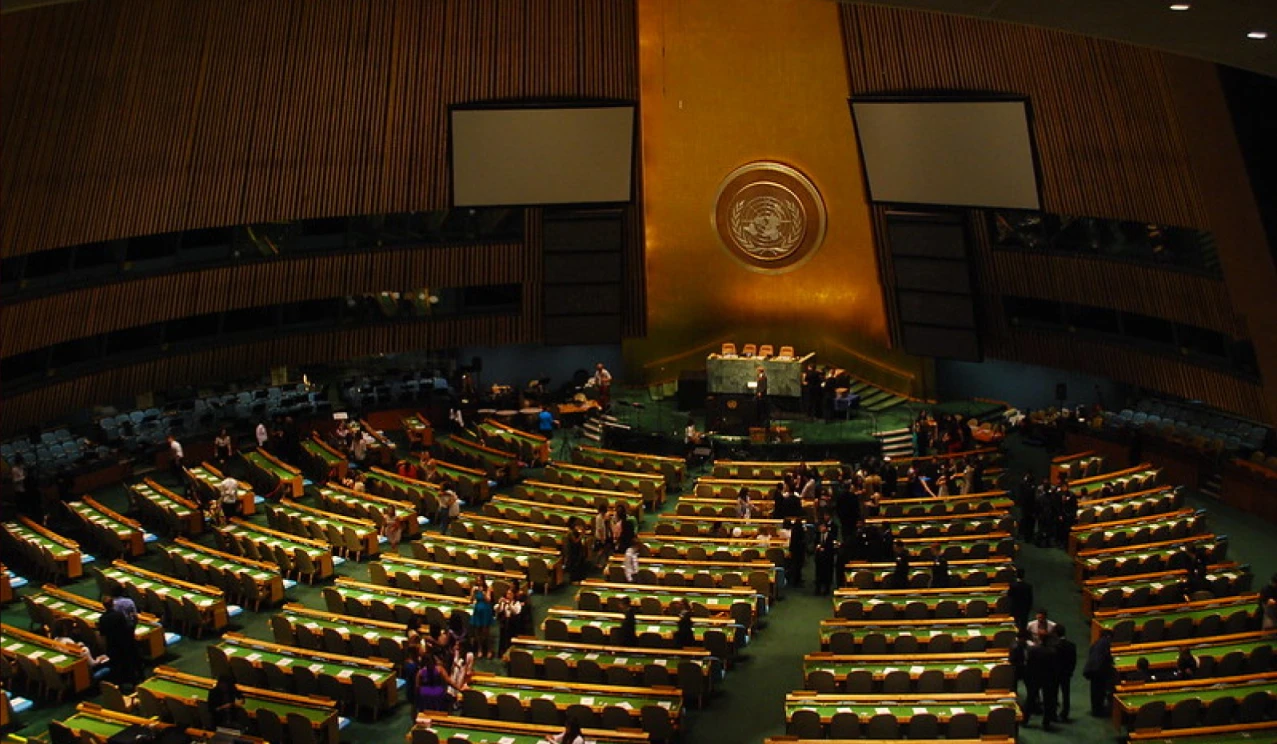On August 6 and 9, 1945, atomic bombs ‘Little Boy’ and ‘Fat Man’ struck Hiroshima and Nagasaki respectively, causing massive destruction and long-term radiation effects.
Geopolitical Impacts post Hiroshima
- End of World War II: The war ended with Japan's signing of the instrument of surrender on September 02, 1945.
- Nuclear Arms Race: Soviet Union's first nuclear test in 1949 marked the beginning of the nuclear arms race which would later define the Cold War.
- Mutual Assured Destruction (MAD) doctrine: A deterrence principle where a nuclear attack guarantees devastating retaliation, ensuring total destruction for both sides.
- Civil Nuclear Cooperation: International Atomic Energy Agency (IAEA) was established in 1957 for international cooperation on civilian nuclear research.
- Disarmament Efforts: Conference on Disarmament was established as the single multilateral disarmament negotiating forum of the international community.
Global Nuclear Weapons treaties and initiatives post Hiroshima
- Partial Test Ban Treaty (1963): Bans nuclear tests in the atmosphere, in outer space, and under water.
- Treaty on the Non-Proliferation of Nuclear Weapons (NPT) (1970): To prevent the spread of nuclear weapons and weapons technology, etc.
- Comprehensive Nuclear-Test-Ban Treaty (1996): Bans all nuclear test explosions, whether for military or civilian purposes.
- United Nations Office of Disarmament Affairs: It aims for general and complete disarmament globally.
- Others: Pact for the Future, Treaty on the Prohibition of Nuclear Weapons, etc.





